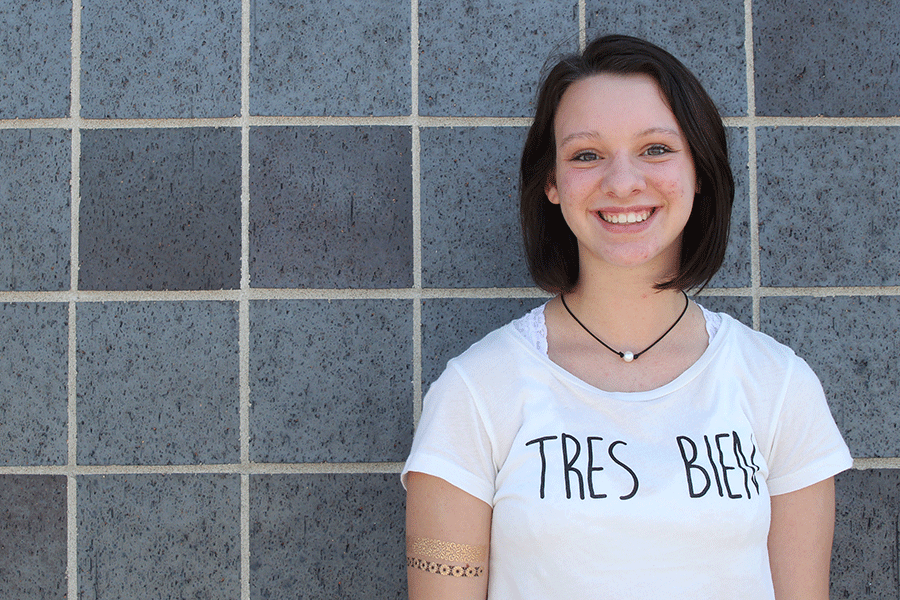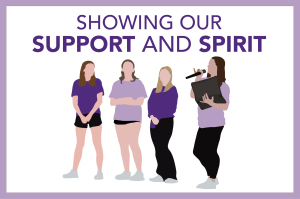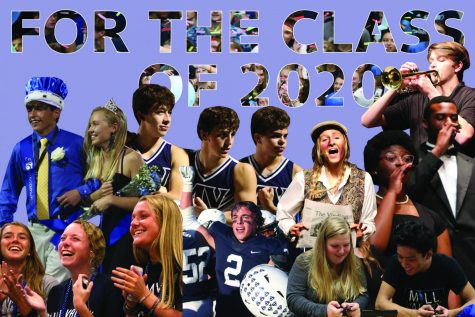Mattel’s new body- and race-inclusive Barbie should have happened a long time ago
The ‘Fashionista’ doll is to include different body types, ethnicities, eye colors and hairstyles
February 6, 2016
Last week, when Mattel announced it would be producing a new line of Barbies that would include a multitude of different body types and ethnicities, I was initially excited. The brand, deemed “Fashionistas,” will include three different body types, seven skin tones, 22 eye colors and 24 hairstyles. It seemed like a fantastic idea. However, while the decision to make a more inclusive doll is ultimately a step in the right direction, it shouldn’t be praised as “innovative” because it should have happened a long time ago.
The Barbie doll has long been criticized for its idealistic shape — its impossibly thin body, ill-proportioned waist and incredibly long legs just don’t fit the body type for the majority of society, and ultimately send the wrong message to young girls in our body-conscious world. In no way do I think this body type is bad, it’s just unattainable for a large portion of us.
According to the National Institute on Media and the Family, by age thirteen, 53 percent of American girls are dissatisfied with their bodies. This may come in direct correlation with the introduction of the Barbie doll at a young age; if the doll is idealized among young girls, those girls may feel pressured to attain her same body shape, therefore placing unrealistic beauty expectations on girls at a young age.
Barbie’s sales dropped 33 percent last October, marking the brand’s eighth quarter of dropping sales according to the Wall Street Journal. It seems entirely possible that Mattel introduced the Fashionista dolls in an attempt to raise sales that have dropped due to criticism, not to promote a more body-inclusive doll.
The new Fashionista body types — petite, curvy and tall — help to destroy societal beauty standards, but there are more than three body types among girls today. Mattel should take a step further next, and include more varied body types in its next model. Moreover, including seven skin tones is a fantastic step in promoting the inclusion of different races among girls and endorsing the idea that one does not have to be white to be beautiful. But, more could always be included.
Along with adding more body types for Barbie dolls, Mattel should also extend the Fashionista brand to the Ken doll, and include the new changes in it as well. As with Barbie and young girls, most young boys don’t and won’t fit the stereotypical shape of the Ken doll, and should not be raised to believe that they must attain that shape in order to be accepted.
In all, Mattel’s decision was entirely called for, and will have an impact on children as they develop. However, it should not be praised for being a new idea. Ultimately, the Fashionista brand should be accepted, and other brands should follow in Mattel’s footsteps to transform the children’s toy industry into a more body-inclusive, self-promoting industry.























